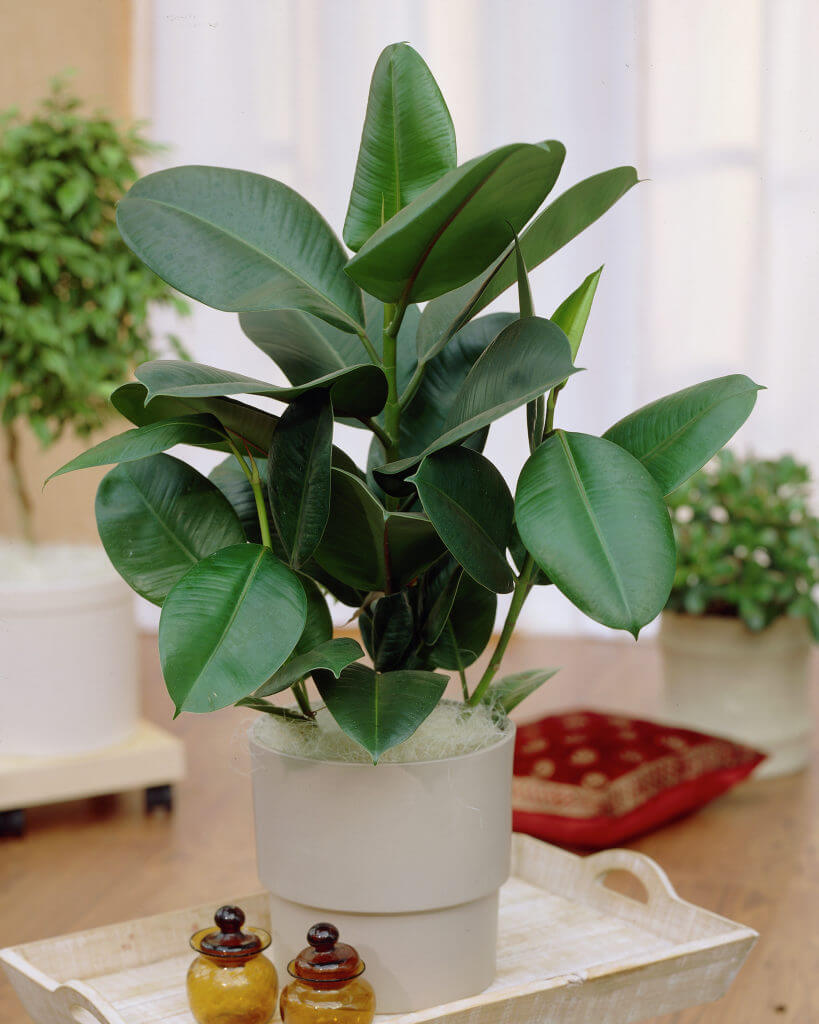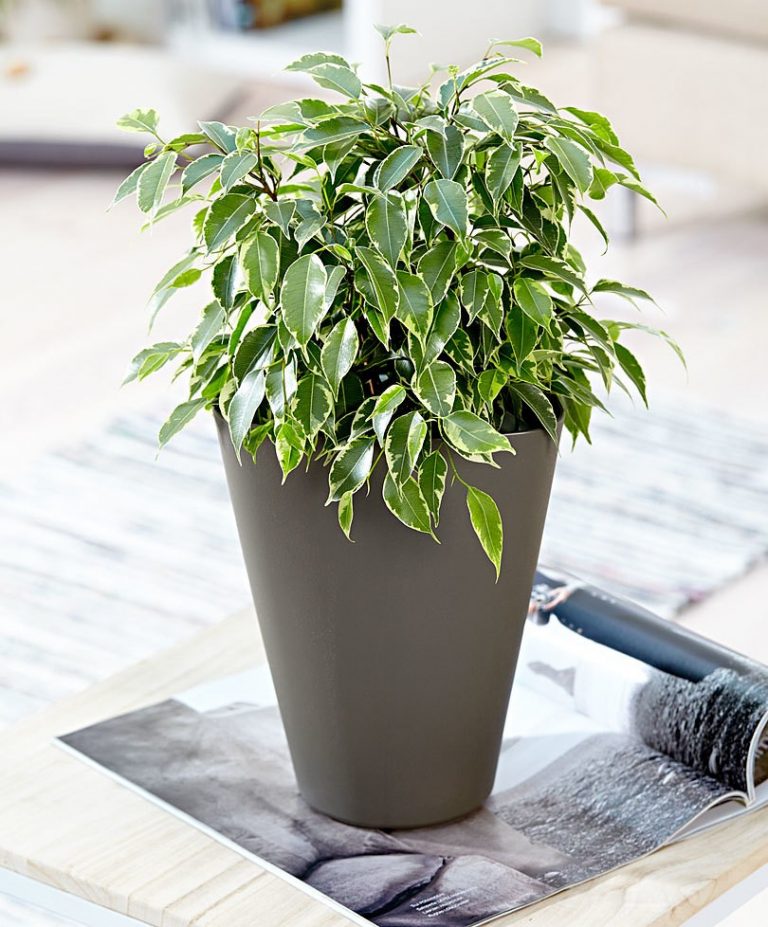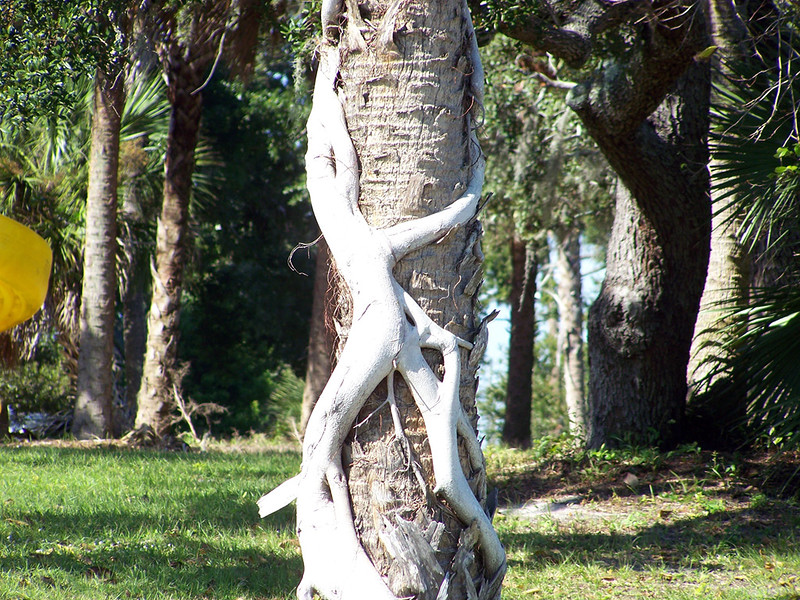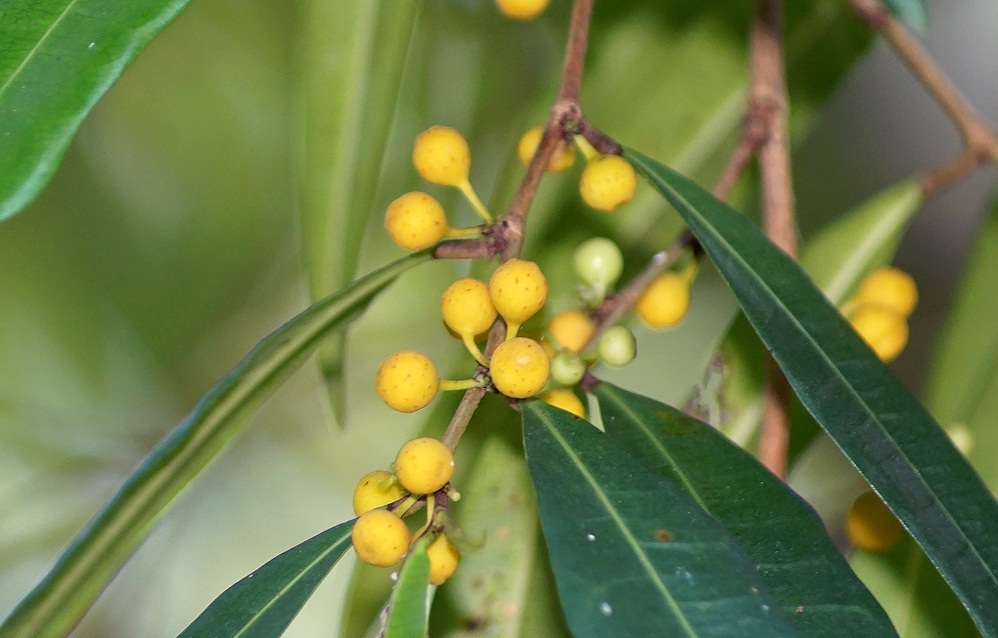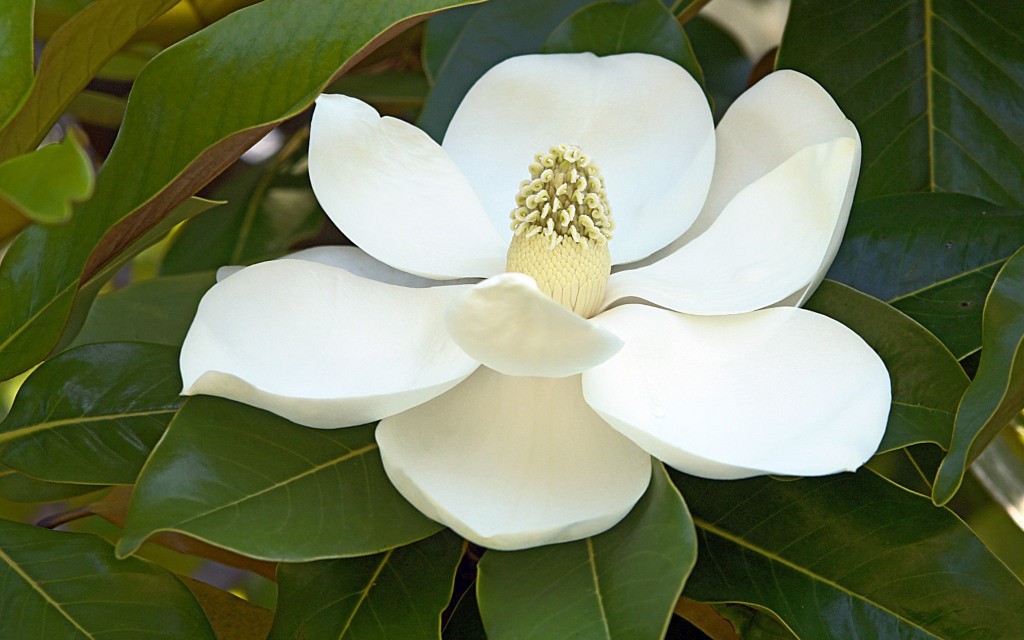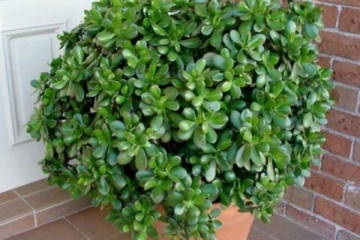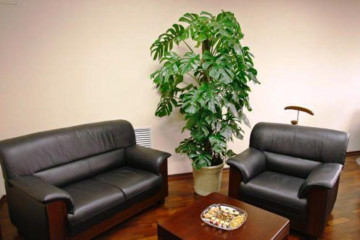Is it possible to keep ficus at home - is it good or bad?
Content:
Many gardeners are interested in the question of how useful the ficus is in home maintenance, what are the signs associated with this unusual plant. According to some of them, keeping a flower in the house is not recommended, according to other opinions, the flower is ideal for growing indoors. The article will discuss what a ficus is, whether it can be grown at home, whether it is poisonous, whether the ficus blooms, and how to correctly arrange the flower according to Feng Shui.
Signs about indoor ficus
To understand whether it is possible to keep ficus at home, you should familiarize yourself with both positive and negative reviews about this plant. In many foreign countries, it is generally accepted that the flower has a beneficial effect on family relationships, strengthens marriage and brings harmony to the house, protecting it from destructive forces. For example, in Thailand, this representative of the flora has the status of a sacred flower, which is not only a symbol of the country, but also a talisman plant that brings good luck.
For the inhabitants of China, ficus is a flower that gives warmth and comfort, creates an atmosphere of tranquility in the house. Also, in their opinion, the plant has the ability to attract money. Many people decorate office spaces with this flower, since it not only attracts profits, but also contributes to better performance (which is often the key to major financial achievements).
It is believed that if you put a flower in the kitchen, the family will never be hungry and need money. Another belief says that the plant has a beneficial effect on the female body, helping to get pregnant faster. To achieve the best effect, the flower can be placed in the bedroom next to the bed.
There is an opinion that ficus has the ability to transform negative emotions into positive ones, relieves stress, suppresses anxiety and anxiety.
Ficus in the bedroom
Many flower owners are interested in the question of whether a ficus is appropriate in the bedroom, is it possible or not to keep it next to the bed? The plant improves fertility. If a married couple is trying in vain to have offspring, it is recommended to place this miraculous flower near their bed.
In addition, the plant perfectly purifies the air, which has a beneficial effect on health and sleep quality.Sleeping in such conditions is much more pleasant: rest brings pleasure, gives the body vigor and increases efficiency.
Why you can't keep ficus at home
There are not only positive beliefs about this flower. Unlike the inhabitants of the countries presented above, many Slavic peoples are suspicious of this flower. In their opinion, he does not at all preserve comfort and harmony in the house, and, even worse, he can scare off a potential groom, not allowing a woman to create a family union.
According to another negative belief, ficus adversely affects the formation of a masculine character.
It is believed that the plant attracts destructive feelings and emotions, including envy and gossip generated by it. That is why it is not recommended to keep the plant in the apartment.
Is ficus poisonous
For many years, the question of whether the ficus is poisonous or not has remained open. However, not so long ago, experts managed to find out for sure that the flower is a poisonous plant. Despite this, ficus can be kept at home. To protect yourself and your household, you need to adhere to simple rules for dealing with culture.
The flower is officially recognized as poisonous, which is why professionals use gloves in the process of pruning and shaping the crown.
The Elastic variety contains up to 40% rubber in its fabrics. If the juice gets on open skin areas, an allergy may appear in the form of itching and redness. Do not allow the juice to get on the mucous membranes, as this can cause severe irritation.
The flower is also unsafe for animals - pets often taste flowers. Therefore, if there are cats, dogs, hamsters, etc. in the house, it is better to remove the ficus out of the reach of animals.
If a family member suffers from allergies (especially if there is a negative reaction to latex), it is generally not recommended to purchase ficus. The milk contained in the leaves of a flower can be excreted for two reasons:
- Due to mechanical tissue damage.
- As a symptom of a disease.
Children love to touch, smell and taste everything, so they should also restrict access to the flower. Otherwise, there is a great risk of poisoning.
Characteristic
The genus Ficus belongs to the Mulberry family and is a monotypic group of Ficus plants. Almost all species are evergreen and only a few are deciduous.
The most common form is the fig tree. The plant is also known by other names: fig tree, fig, fig, wine berry, fig. In second place in popularity is Benjamin's ficus, which is often grown at home as an ornamental crop. The flower is distinguished by two-colored mottled foliage.
Culture can be represented in one of three forms:
- Ficus tree;
- Bush;
- Liana.
Tree-like forms look great in the interior, vines - in hanging pots.
In the wild, many species are epiphytes at the beginning of their development. Then they begin to grow adventitious roots. Over time, they grow so much that they turn into powerful columns that support the heavy crown (banyan tree).
The arrangement of the leaves is alternate, the surface is solid, has lobed or serrated edges. Large stipules cover the bud, but stay on the flower for a very short time; after the leaves bloom, they persist only in rare cases.
The plant tissues contain milky sap. In some types, the substance has medicinal properties that are actively used in medicine. The fruits are nuts located in a fleshy receptacle.
The most common types and varieties are the following:
- Benjamin.
- Rubbery (Elastic).
- Creeping.
- Bengal.
- Dwarf.
- Karika.
- Binnedyka.
- Parcel.
- Sacred.
Origin
The homeland of the flower is the tropical and subtropical forests of Africa and Asia. Most of all, the flower is widespread in southern Africa, as well as on the islands and coasts of the Pacific, Indian Oceans and the Mediterranean. Also found in areas with a temperate climate, for example, in Central Asia, Crimea, Transcaucasia.
How ficus blooms
Inflorescences are located in the leaf axils, can be either grouped or single. On a bare shoot, one racemose or spike-shaped inflorescence can form.
The receptacle has the shape of an empty ball or pear, the upper part of which is with a hole. It is necessary for the plant to be pollinated. There are small flowers inside. Depending on their gender, there may be several location options:
- Male flowers together with female ones.
- Men are separate from women.
- If there are very few male flowers, then the main part is occupied by female flowers, and the first are located closer to the hole.
Ficus flowers consist of 2-6 petals of a light shade. Colors can be varied:
- Light blue;
- Beige;
- Light pink;
- White.
The anthers can extend beyond the perianth or remain inside. The pestle does not protrude. Pollination takes place with the help of insects. The plant can bloom regardless of the season.
Ficus almost never blooms in the house. The exceptions are large greenhouses and botanical gardens - in them it is much easier to create the necessary conditions for the full growth and development of the Tropicana. Even so, getting the plant to bloom can be tricky.
With home maintenance, flowering can still be achieved, but this is possible only in rare cases. This complexity is due to temperature changes, a sharp change in the level of humidity, etc.
If you want to see how the ficus blooms at home, caring for the plant must meet the following conditions:
- Maintaining a constant and sufficient humidity level. The indicator should be from 50 to 60% and not change throughout the year.
- Correct lighting. The flower does not tolerate too bright light, at the same time, a shaded area is a bad option for a flower. A special lamp can be placed next to the plant, which will provide the necessary lighting.
- Competent watering. The procedure is carried out as the topsoil dries out. The flower will benefit from infrequent irrigation (a kind of tropical rain).
- Permanent habitat. In indoor conditions, you need to allocate one location for the plant and never change it.
- Top dressing. Ficuses can be fertilized with mixtures such as "Rainbow" and "Palma".
Ficus in Feng Shui
Many, acquiring culture, do not even think about what effect the ficus can have on the general atmosphere of the house, the well-being and psychological state of its inhabitants. The Feng Shui system allows you to determine the meaning of a particular type of plant and understand which place in the house is most suitable for it. Observance of simple rules will significantly improve the energy of the home.
How long does the ficus live?
In indoor conditions, with proper care, the lifespan of a flower is about 15 years.
What is ficus in the house for?
In order for the plant to have a good effect on the microclimate in the family, it must be placed in the appropriate zone. The southeastern part of the room will suit the flower. It is believed that such an arrangement gives confidence and wisdom to its owners, helps to make the right decisions, achieve goals, and reduces the level of aggression.
The living room will look much more attractive if you place a flowerpot with a ficus in it. The favorable atmosphere created by the flower will set the guests up for a pleasant pastime.
The plant can be used to decorate not only an apartment or house, but also office premises. A flower next to the workplace will give an additional boost of energy and help to cope with emotional stress.
Ficus is a unique representative of the flora that attracts attention with its unusual appearance and unpretentious care.
